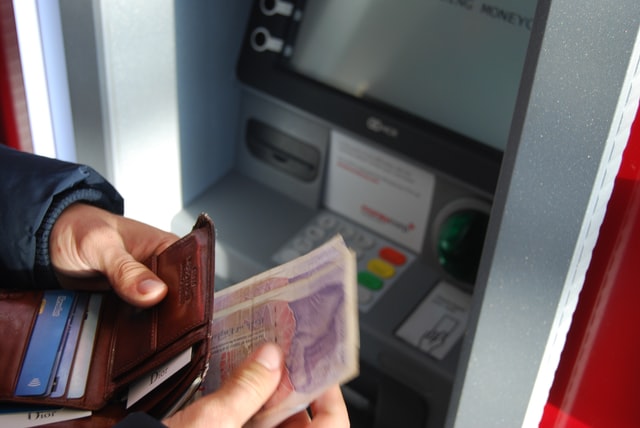If you’re a common person looking to protect your account against theft and robbers, we’ll guide you through the ways hackers get access to your account.
Let’s talk about the various methods hackers employ to gain access to the bank accounts of your customers.
-
Online banking Trojans:
Modern technology lets you manage your account using smartphones. Most banks have an app that you can log into and gain information about your accounts. While it’s helpful, it has transformed into a key security risk for malware makers.
-
Fake banking applications
The most basic attacks are those that take place using already-existing banking applications. The software for banks is copied and re-used by the virus creator and distributed via suspicious websites. After the program has been installed, you are required to provide your login information and password, which hackers is then able to access.
-
Utilizing a fake banking app , instead of a legitimate one:
There’s a more nefarious type of Trojan horse designed specifically for mobile how to cash out bank logins . The apps are typically disconnected and contain Trojans and are not advertised as genuine bank software. The Trojan begins searching your phone’s financial apps when you start the app.
If the virus spots users using banking software an instant window opens that is very similar to the application that you have just started. Once the user has entered their details into the fake log-in screen all goes according to plan they will not even be able to be able to tell the differences. The person who created the virus receives these data.
The Trojans typically require the SMS verification number to be able to access your account. To be able to understand SMS and gather codes they usually ask permission when they set up.
-
Phishing Scams:
As consumers become more aware of phishing scams and tactics, attempts by hackers to lure users to click their hyperlinks have grown. They use a variety of fraudulent methods, such hacking into solicitors’ email accounts , and sending out phishing emails to previously verified addresses.
Because of the difficulty in being able to detect the fraud the attack can be more destructive. It’s normal for hackers to reach you via email with your name as the first. A furious property owner who contacted an untrusted email address and then lost PS67,000, experienced exactly this.
-
Key Loggers:
The most obvious method to gain access to an account at a bank is to use this method. Every word you type is recorded and transmitted in the direction of the hackers using malware known as key loggers.
The attacker would now have all the credentials needed to gain access to your account by entering the username or password, in addition to the address of your bank’s site, even if initially appeared to be an easy job.
-
Attacks by “Man in the Middle”
To steal your information hackers can attempt to intercept your interactions with banks’ websites. Man-in-the middle (MITM) attacks happen when an untrue data source is introduced to a conversation with them.
MITM attacks employ two strategies that include monitoring vulnerable servers and analyzing the information that flows through it. Once you have transferred your login credentials over the network attackers “sniff” them and steal their credentials.
A hacker could use DNS malware to change the URL you type in for an alternative website. For instance, “www.yourownbankaccount.com” can be forwarded to a clone site operated by hackers due to a misconfigured DNS cache. If you’re uninformed then the fake site could be able to trick users into giving it the login information you provide since it’s akin to similar to the genuine one.
-
Reprogramming SIMS
The SMS verification code is among of the biggest obstacles for hackers to break. It’s a shame because there’s an option which doesn’t even require your mobile phone!
Through calling your network provider and then speaking as youdo, hackers are able to swap SIM cards. They claim that they have misplaced their mobile, and that was the reason why they called and they want you to change your existing phone number, which was also their previous number, to the SIM card.
If the hacker is luckyenough, the provider may be able to swap the mobile number of your SIM to their SIM. We discussed how this could be possible using the Social Security number, in the post on the reasons why SMS and 2FA verification aren’t 100% secure.
You must be cautious since you know the methods used by hackers to get access to the bank accounts of your. When you click on suspicious websites, don’t give sensitive information to anyone else. Don’t reply to emails from people who you don’t recognize. The threats that we are facing in the present continue to worry us. Nowadays, it’s impossible to be sure that anyone is trustworthy on the internet. The current culture is still bound by the saying “every man for himself.”

